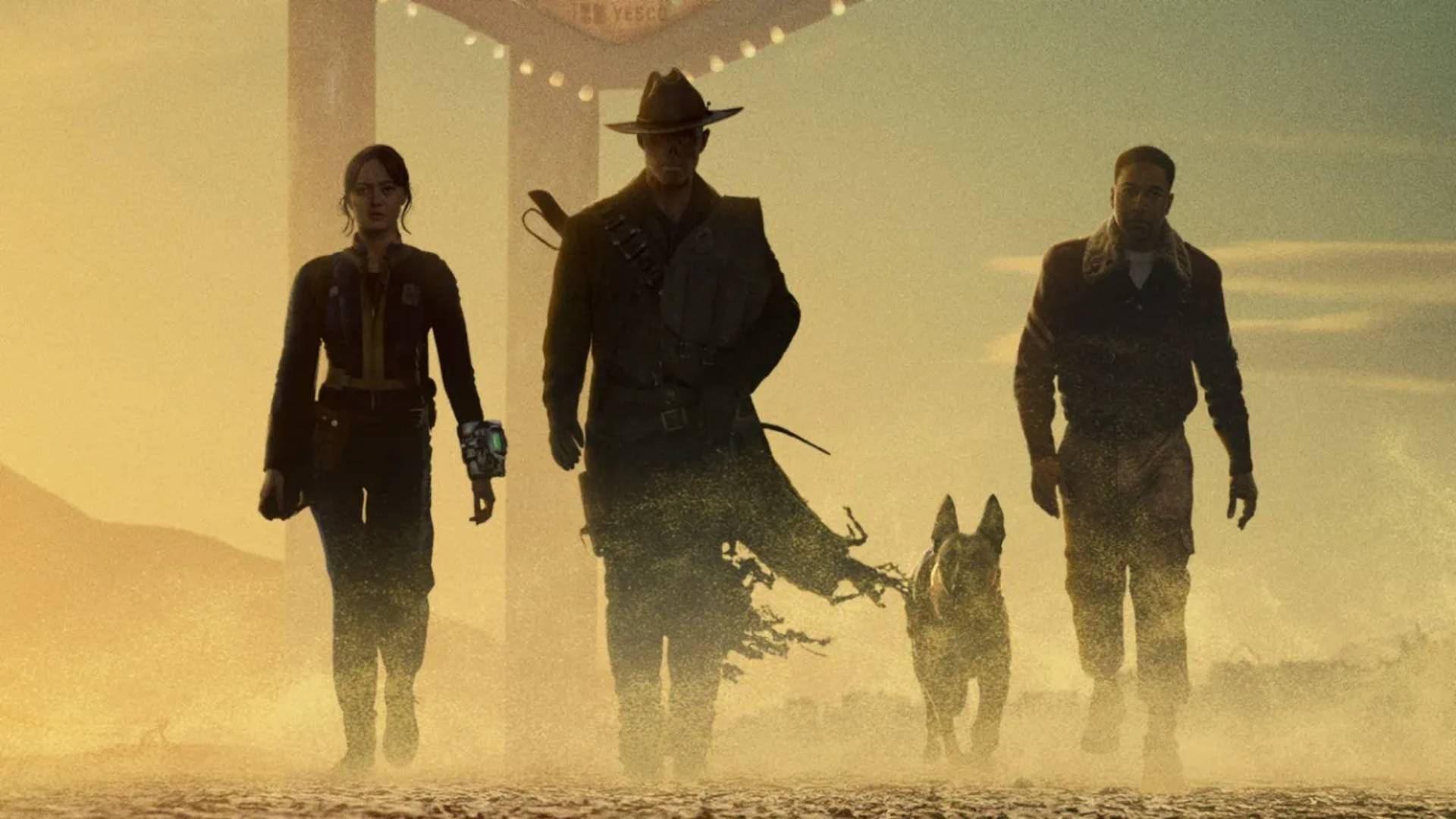Violent galactic collisions have beeninvoked to explain surprisinglyintense bouts of star formation occurring in ancient galaxies, but newevidencesuggests a much gentler explanation.
Astronomers using the EuropeanSouthern Observatory's VeryLarge Telescope in Chile have observed three primeval galaxies withpatches ofstar formation near their centers, away from the heavy elements thatsignal theremains of previous stars.
The team found that these galaxieswere sucking in coolhydrogen and helium from the space between galaxies as fuel. [Illustrationof Galaxy Gas Guzzling]
"It solves the problem of providingto the galaxiesfuel to form their stars in a continuous way, without having to invokeviolentmergers and galaxy interactions," said study researcher Giovanni CresciofItaly's OsservatorioAstrofisico di Arcetri. "Those certainly exist, butthese new findings show that they are not the main driver of starformation inthe early universe."
Theoretical models suggest that thefirst galaxies formedwithin a billion years after the Big Bang, but these galaxies were muchsmallerthan the Milky Way, which contains some 100 billion stars. Somehow thegalaxieshad to accumulate new stars to reach their current size, and galaxymergers were an obvious explanation.
Recently, however, evidence hasaccumulated against themerger idea. A collisionbetween galaxies would result in a burst of star formationthat would fadewithin a few million years, Cresci told SPACE.com. But when astronomerspeeredat ancient star-forming galaxies that existed 10 billion years ago,they foundevidence of star formation lasting up to a billion years or more ? farlongerthan the merger model could explain.
In addition, some ancientstar-forming galaxies showed noevidence of mergers.
Breaking space news, the latest updates on rocket launches, skywatching events and more!
Based on these hints, researchersproposed that earlygalaxies could have sucked in narrow streams of cold gas from the spacearoundthem, driving starformation for long periods of time.
In their new study, Cresci and hiscolleagues provide thefirst direct evidence for the cold gas hypothesis. They observed threepristine, disk-shaped galaxies ? undisturbed by mergers ? eachcontainingapproximately one to 10MilkyWay's worth of stars. The distance to the galaxiescorresponded to an ageof two billion years after the Big Bang.
Cresci said that although the numberof galaxies theyobserved is small, the result proves that inflows of cold gas can drivestarformation, which could go a long way to resolving how the universe cametoappear the way it does today.
"This is the link between thelarge-scale structuresdominated by dark matter and the local Hubble-type galaxies such as ourown," he said. "We are trying to understand how our home in theuniverse, the Milky Way, was built."
- HubbleImages: When Galaxies Collide
- ZoomIn: Milky Way Star Factories
- Top10 Star Mysteries
J.R. Minkel covered space, physics, cosmology and technology for Space.com, Live Science, New Scientist, Popular Science, Discover, and Scientific American, all while writing his own blog A Fistful of Science and authoring a book entitled The Instant Egghead Guide: The Universe. Minkel earned a master's degree in Science and Environmental Reporting from New York University and a B.S. in Molecular Biology from Vanderbilt University, where he dabbled in zebrafish genetics.
